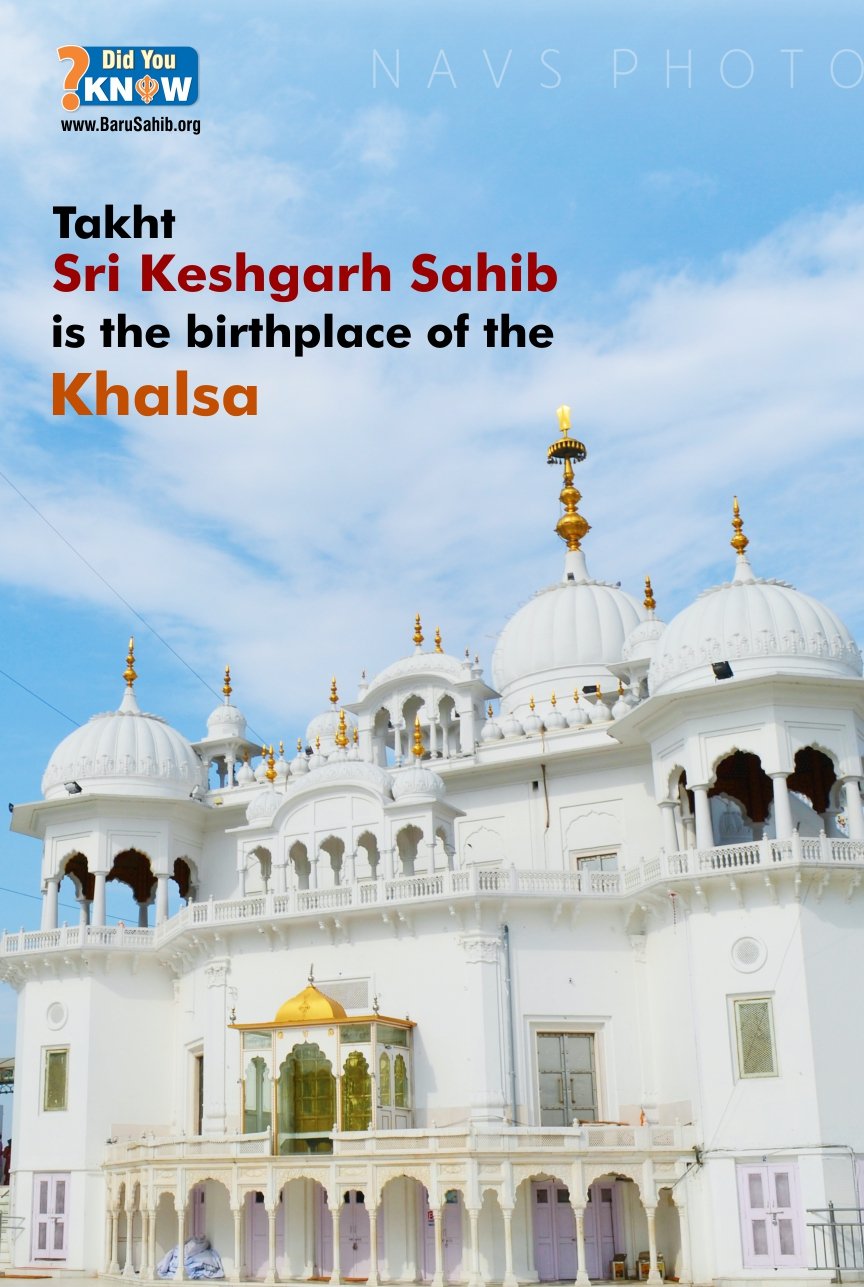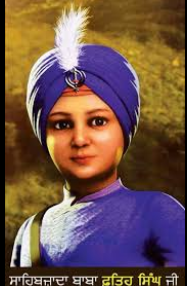The Sacred Land of Chak Nanki
In the serene Shivalik hills, where the mighty Satluj river flows, there was a sacred land known as Chak Nanki. It was a place of tranquility, where the gentle breeze carried the songs of devotion and the towering hills stood as silent witnesses to the divine. But little did the world know that this peaceful ground would soon become the birthplace of a revolution that would change the course of history.
The Foundation of Anandpur Sahib
One day, a great and wise leader, Sri Guru Tegh Bahadur Sahib, chose this very land to lay the foundation of a new town. He named it Anandpur Sahib, the city of bliss. It was here, in this sacred place, that his son, Sri Guru Gobind Singh Ji, would perform a miracle that would echo through the ages.
The Anticipation of a Revolutionary Vaisakhi
The air was thick with anticipation as the festival of Vaisakhi approached. Thousands of Sikhs gathered in Anandpur Sahib, their hearts filled with devotion and their spirits ready to receive the Guru’s blessing. But little did they know that this Vaisakhi would be unlike any other.
Guru Gobind Singh Ji’s Call for Courage
As the day dawned, Guru Gobind Singh Ji stood before the assembly, his eyes burning with a divine light. He unsheathed his sword and, with a voice that resonated through the heavens, asked a question that sent shivers down the spines of all present: “Who among you is willing to give his head for the sake of truth and justice?”
The Brave Step Forward
The crowd fell silent, the only sound being the whisper of the wind. But then, a brave soul named Bhai Daya Singh stepped forward, offering his head without hesitation. The Guru led him into a tent, and moments later, emerged alone, his sword dripping with blood. The crowd gasped, fearing the worst.
But their fears were unfounded. One by one, four more devoted Sikhs—Bhai Dharam Singh, Bhai Himmat Singh, Bhai Mohkam Singh, and Bhai Sahib Singh—stepped forward, offering their lives for the Guru. Each time, Guru Gobind Singh Ji took them into the tent, and each time, he returned alone, the blood-stained sword in his hand.
The Miracle of the Khalsa
Then, a miracle unfolded before the eyes of the astonished crowd. The five Sikhs, whom the people feared had perished, emerged from the tent, alive and radiant, dressed in the saffron robes of the Khalsa. They had been reborn through the divine nectar, Amrit, which Guru Gobind Singh Ji had prepared with his own hands.
“This is the Khalsa,” the Guru declared, his voice filled with pride and love. “They are my form; I live within them.” From that moment on, the Khalsa became the embodiment of the Guru’s spirit, a brotherhood committed to upholding righteousness and justice.
The birth of the Khalsa was not just a moment of spiritual awakening; it was also a spark that ignited the flame of resistance against tyranny. The spirit of the Khalsa, nurtured in the sacred soil of Anandpur Sahib, fueled the struggle for India’s independence. The courage and sacrifice of the Khalsa warriors inspired countless others, leading to the day when the saffron flag proudly fluttered over the Royal Fort at Lahore.
Anandpur Sahib: The Heart of Sikh Spirituality
Anandpur Sahib, once known as Chak Nanki, became the heart of Sikh spirituality, a place where the legacy of the Khalsa lived on. To be called an Anandpuri, a resident of this sacred city, was a matter of immense pride and honor, for it signified a deep connection to the spiritual heritage of the Khalsa.
And so, the story of Takht Sri Keshgarh Sahib, the birthplace of the Khalsa, continues to inspire generations of Sikhs and seekers of truth. It is a tale of courage, faith, and the triumph of the human spirit over oppression, a story that will be told and retold for centuries to come.
















Add comment